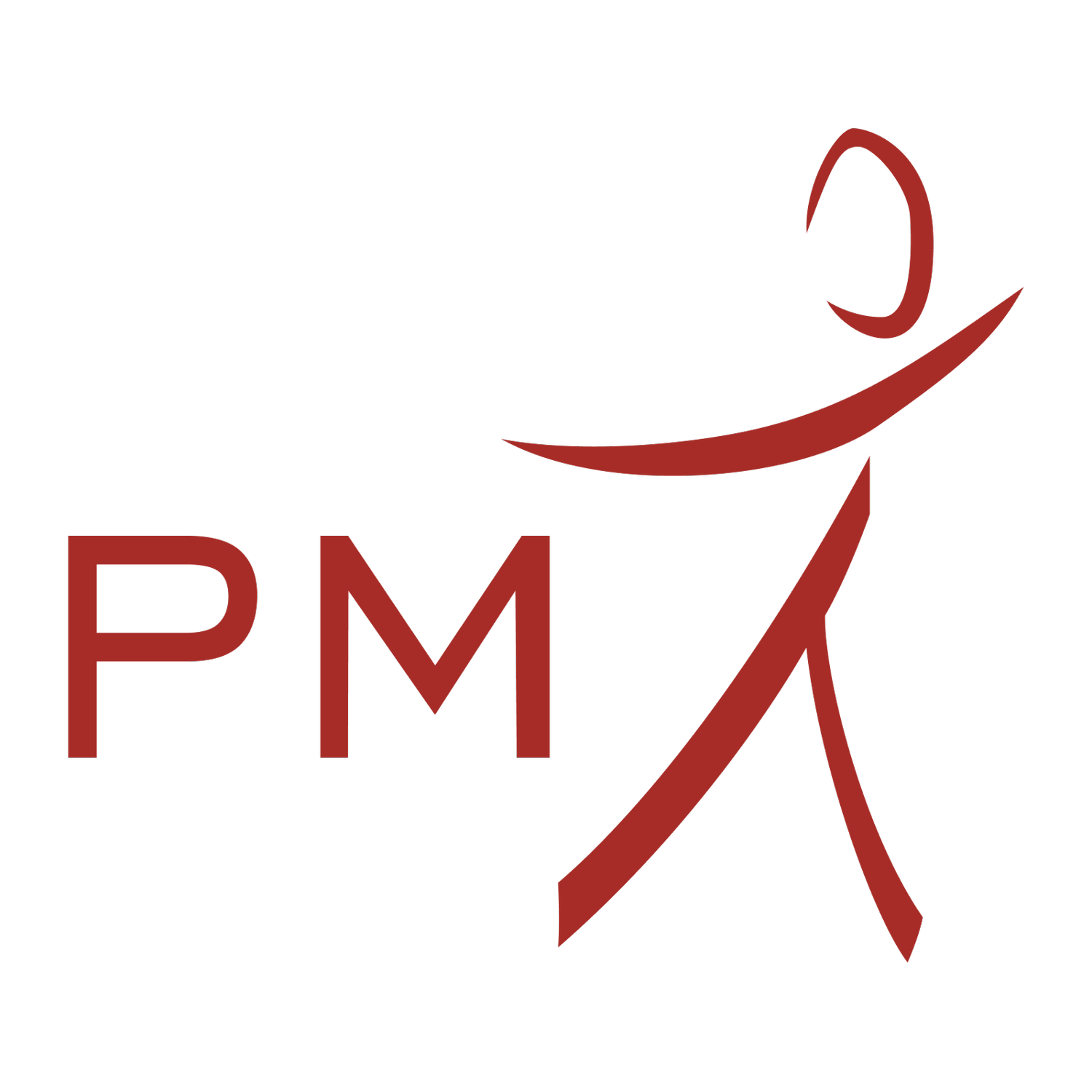Pelvic Organ Prolapse
Pelvic organ prolapse (POP) occurs when there is inadequate support by the pelvic floor muscles and associated ligaments or when there is excessive pressure on the pelvic organs such as the bladder, uterus or rectum.
Either or both of these factors can cause sagging and a downward bulge of any or all of the pelvic organs into the vagina. Childbirth is often the cause of a prolapse affecting 50% of parous (child bearing) women. It is also common to suffer incontinence associated with a POP. However, non-parous women may also suffer a POP if they have some of the risk factors below.
Symptoms of a POP may include:
Heaviness or pain in the vagina & perineum (area between the genitals and anus)
Sensations of something “coming down” or a lump bulging out of the vagina
Pain or decreased sensation with intercourse
Recurrent urinary tract infections
Difficulty emptying your bowel & bladder
A slow urine stream during voiding
Risk factors include:
Pregnancy & vaginal delivery especially requiring forceps assistance
Increased risk with multiple pregnancies
Poor posture leading to increased intra-abdominal pressure & altered breathing patterns
Other musculoskeletal issues causing increased abdominal pressure & weakness of the pelvic floor muscles (PFM)
Surgical intervention causing a disruption to the ligamentous & muscular support in the pelvic girdle
Obesity
Chronic cough
Constipation
How can POP be addressed?
Medical research confirms that pelvic floor muscle training is the most effective treatment option in addressing both urinary incontinence and pelvic organ prolapse. This is supported by the high recurrence rate of POP after surgical repair indicating the original cause of the loss of pelvic organ support was not addressed – including exercise programs with excessive abdominal pressure.
The combination of pelvic floor muscle exercises and treatment of other musculoskeletal dysfunction is the key to successful management of POP & incontinence.
At your postpartum 6 week check up with your obstetrician, you can request to check for any signs of POP as many are not symptomatic. Early detection will prevent the POP from further progressing and becoming a problem. In addition, the loss of pelvic support poses challenges for other regions of the body and can be related to other issues such as lower back pain.
At PhysioMotion, our Women’s Health Physiotherapists and team effectively treat POP & incontinence.
Our services include:
An intra-vaginal or rectal examination and ultrasonography assessment to assess if you have a POP & pelvic floor muscle (PFM) function
A PFM rehabilitation program: PFM exercises, biofeedback intravaginal electrical stimulation & bladder training
Abdominal retraining exercises including functional training progressing to full strength based exercises
Investigation into any other factors that are contributing to increased intra-abdominal pressures and excessive load on the pelvic floor. Treatment in this regard may require the expertise of other team members at PhysioMotion.







